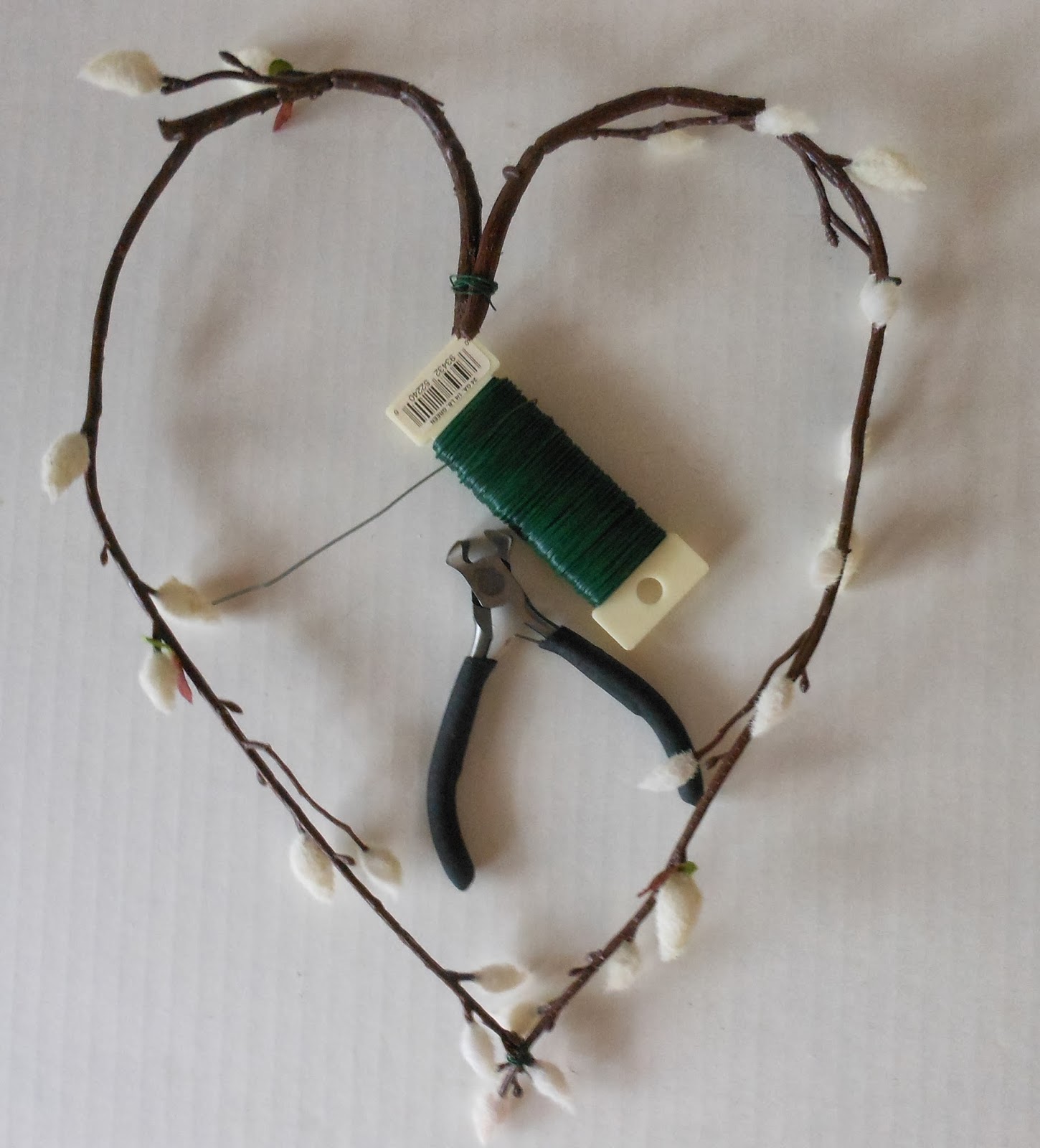 So, I was glancing through some old cookbooks trying to decide
what to make for dinner this past Wednesday.
So, I was glancing through some old cookbooks trying to decide
what to make for dinner this past Wednesday.
It was my turn to cook.
I always fret.
I came upon this recipe in a cookbook I’ve had for a long
time…almost as long as younger daughter is old.
Let me tell you how I know that.
The author is Mary Englebreit and back in the late 80’s and early 90’s,
she produced a collection of whimsical little nick-knacks and other quirky
items, like paper dolls.
I have always loved paper dolls. I have Jackie Kennedy paper dolls somewhere...I should find them.
Anyway, one of the paper doll characters looked amazingly like younger daughter when she was a wee toddler…you be the judge:
I have always loved paper dolls. I have Jackie Kennedy paper dolls somewhere...I should find them.
Anyway, one of the paper doll characters looked amazingly like younger daughter when she was a wee toddler…you be the judge:
Paper Doll, Ann Estelle
Toddler, Younger Daughter
Total
doppelganger, right?! Doppleganger is German for "double walker." I'll be in Germany this fall, but more on that later.
This uncanny resemblance is one of the reasons why I bought this cookbook and, many, many years later, paging through it, how I came upon the incredibly good Turkey Meatloaf recipe I made on Wednesday.
This uncanny resemblance is one of the reasons why I bought this cookbook and, many, many years later, paging through it, how I came upon the incredibly good Turkey Meatloaf recipe I made on Wednesday.
Packed with ground turkey, carrots, mushrooms, apples,
shallots, parsley and sage, this savory version is a great alternative for
those who do not eat beef. The mushrooms
give it the features of its beefy counterpart, but the turkey and vegetables
make it a lighter, healthier, and oh-so-tasty option.
As you may have heard, meatloaf is the quintessential
comfort food….I am comforted by the fact that this recipe allows a tasty, non-bovine
choice! I thought about having the
leftovers for lunch today, but then I am writing this post on a Friday morning
in Lent. Lunch tomorrow will be meatloaf
and American cheese with mustard on whole grain white bread. YUM.
I doubled the recipe because the Misters joined us.
We allowed them, however briefly, into the inter-sanctum of Dinner Night.
Ingredients:
½ cup chicken broth1 tablespoon vegetable oil
3 large shallots, finely chopped
½ cup finely chopped carrot
10 ounces small white mushrooms, finely chopped
2 garlic cloves, minced
1 teaspoon salt
½ teaspoon freshly ground pepper
1 pound lean ground turkey
1 ¼ cups fresh bread crumbs
1 Granny Smith apple, peeled and grated
¼ cup finely chopped fresh parsley
1 tablespoon finely chopped fresh sage leaves or 1 teaspoon dried, crumbled
1 large egg, lightly beaten
Directions:
1. In a large nonstick skillet, bring the broth and oil to a
simmer over medium-high heat. Add the shallots and carrot and cook, stirring,
for about 4 minutes, or until the shallots are softened. Add the mushrooms,
garlic, 1 teaspoon salt, and ½ teaspoon pepper and cook, stirring, for 5
minutes, or until most of the liquid has evaporated. Transfer the mixture to a
large bowl and let cool.
2. Preheat the oven to 350°F. Lightly oil a baking sheet.
3. With your hands, thoroughly mix the turkey, bread crumbs,
apple, parsley, and sage into the cooled vegetable mixture. Add the egg and mix
well. Divide the mixture in half and on the baking sheet, shape each portion
into an oval about 6 ½ inches long, 4 inches wide, and 1 ½ inches high.
Transfer the loaves to the baking sheet.
For a Martha-meet-Mary moment, I brushed a glaze of brown sugar, mixed
with ketchup and mustard on top before baking.
4. Bake for about 45 minutes, or until cooked through. Let the meatloaf rest, loosely covered, for 5 minutes.
5. Cut the meatloaf into ½ -inch slices, arrange on a
platter, and serve.

















